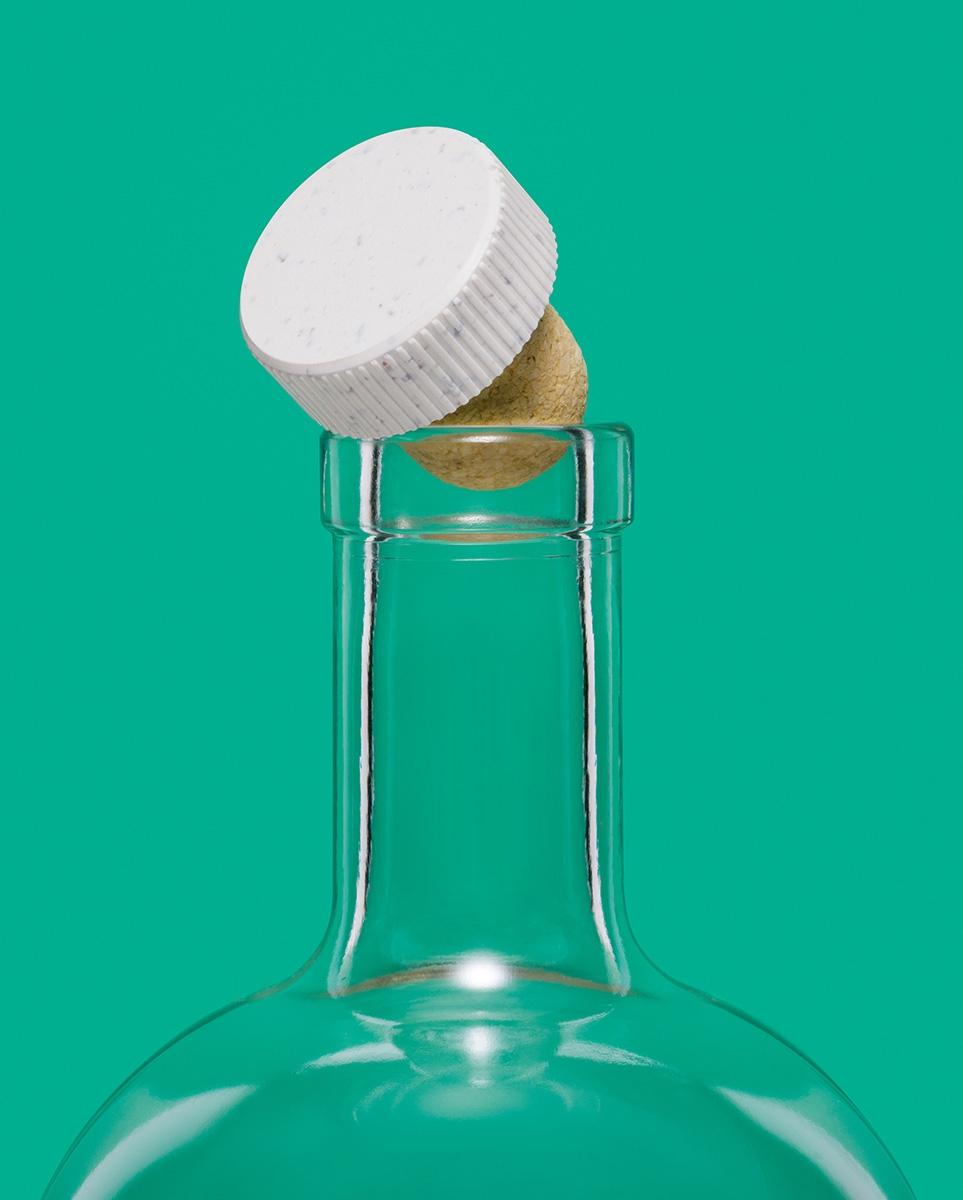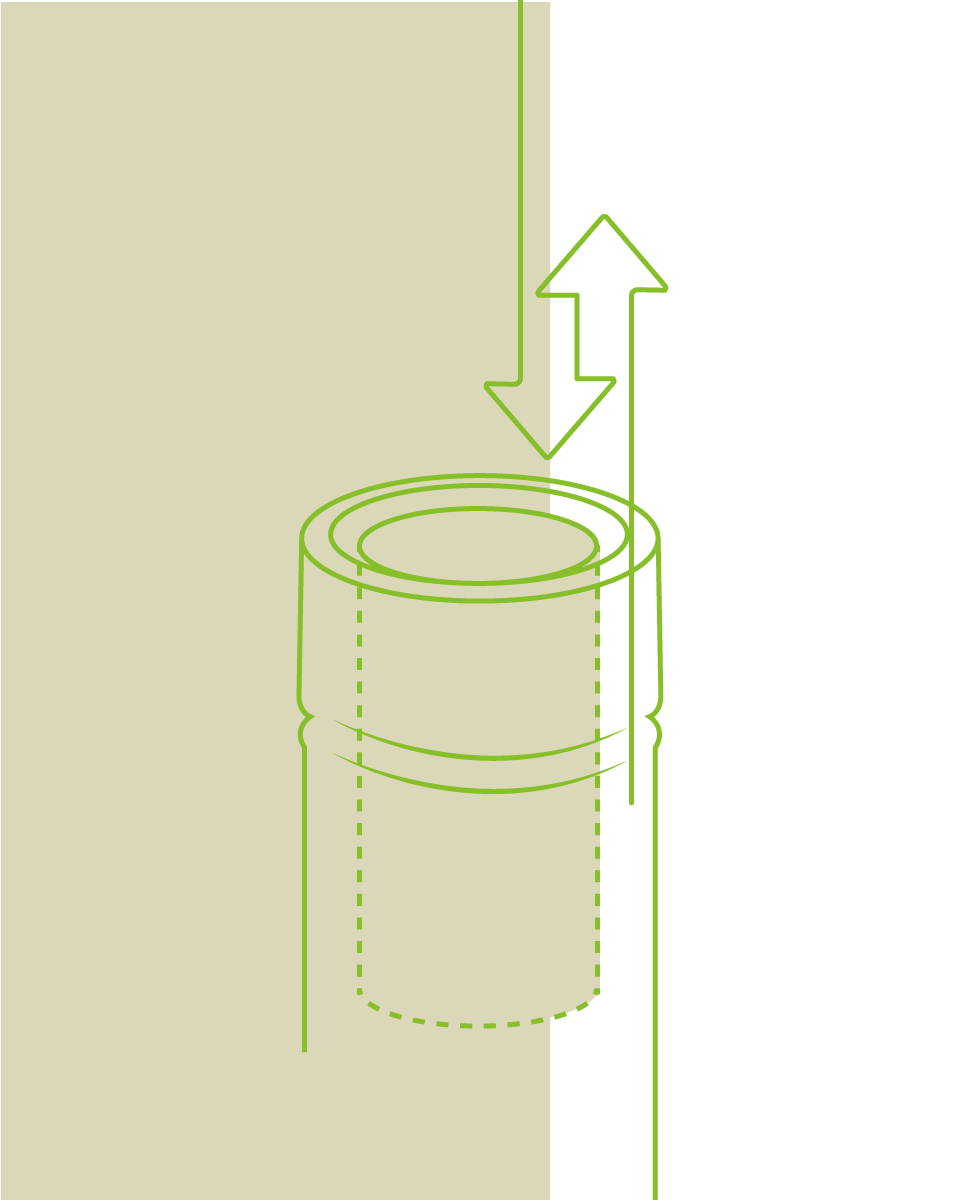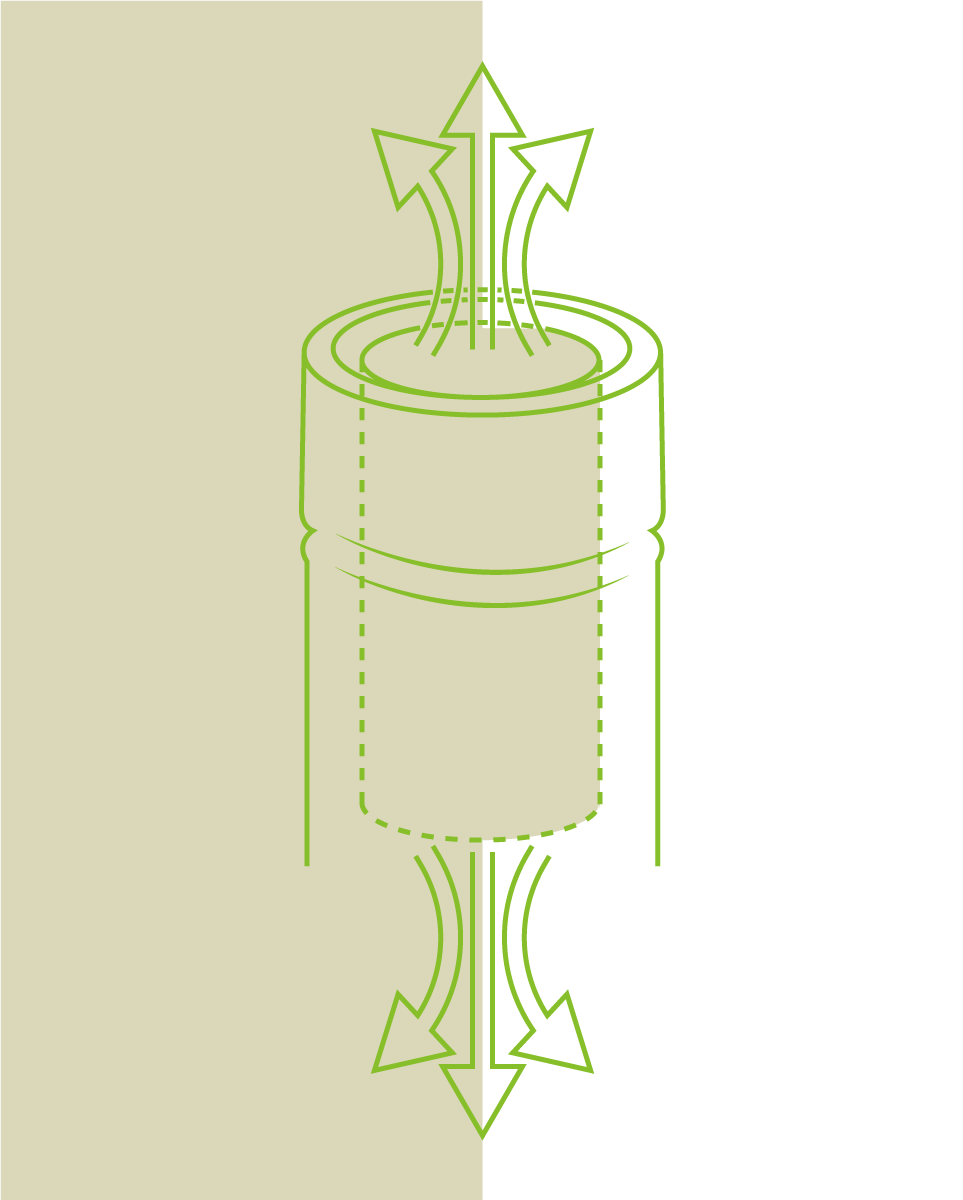Characterisation of the Useful Life of Cork Closures
Study
Contribution to the Characterisation of the Useful Life of Cork Closures.
Oxygen permeability data are relevant for the selection of wine bottle stoppers, but the impact of contact with the wine, the temperature, and use time has not yet been explained.
The cork closures available on the market were analysed for oxygen ingress over time in stoppered bottles, under different temperatures, with and without contact between the cork stopper and the wine simulator
The Weibull model describes oxygen ingress well. Differences were found between cork stopper types, in long-term oxygen pressure values, and ingress rates.
The effect of temperature followed the Arrhenius behaviour, with statistical significance only for micro-agglomerated cork closures. Micro-agglomerated cork closures showed a slower initial oxygen ingress, but a higher long-term oxygen ingress than natural cork closures.
Principal Component Analysis (PCA) showed that factors related to the bottleneck/cork interface contributed more to system variation than the type of cork. Contact with liquid reduces the rate of oxygen ingress by about five times. Temperature impact in oxygen ingress was lower for natural cork closures than for micro-agglomerated ones.



